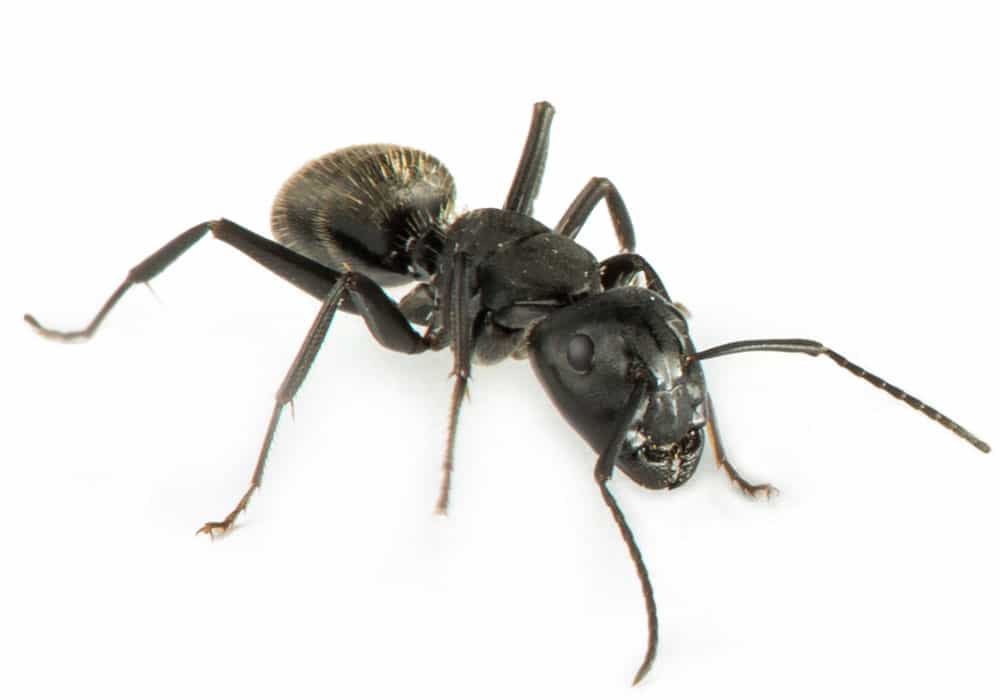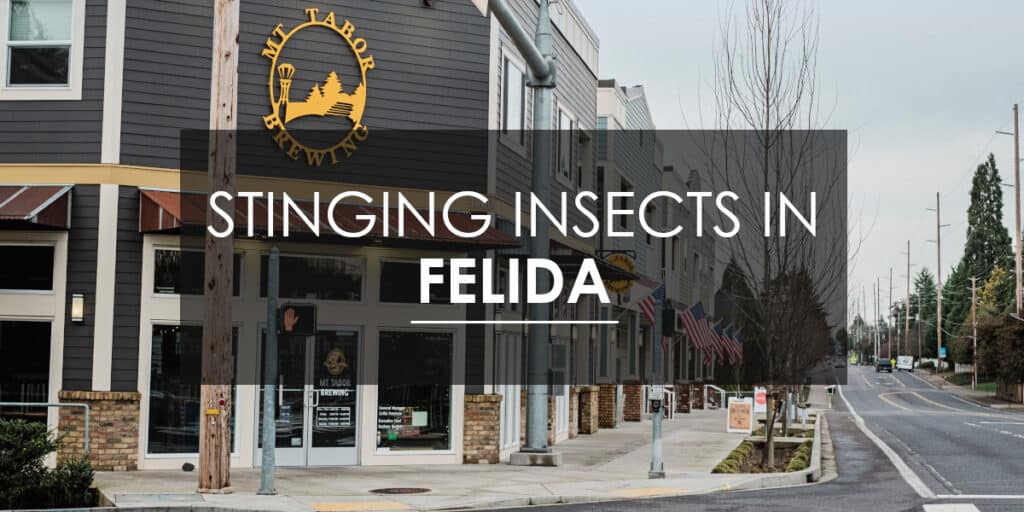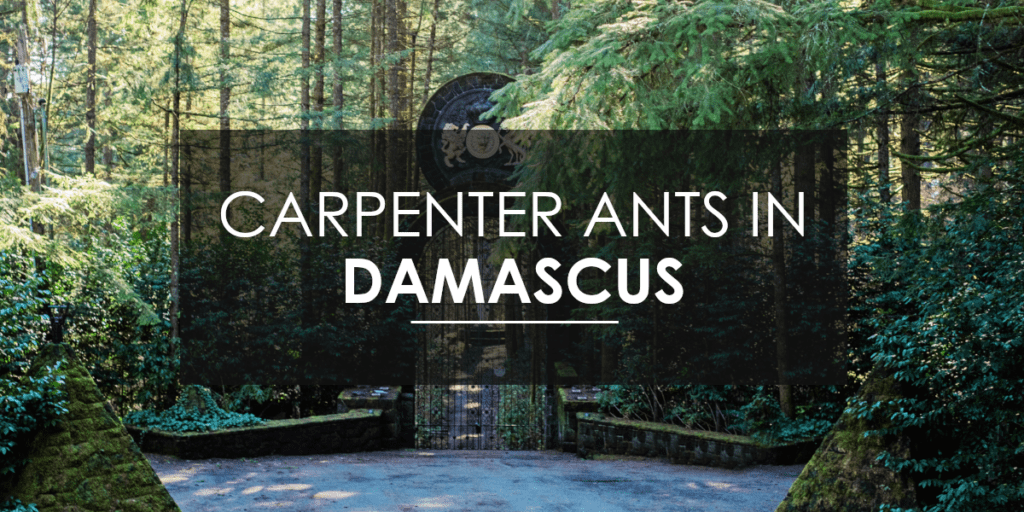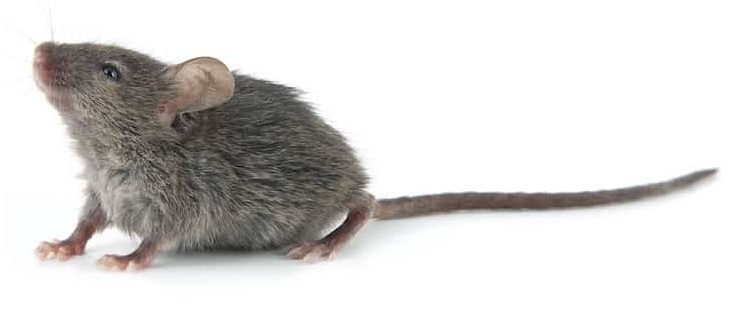When are Sugar Ants Most Active?
If you’ve recently noticed a trail of tiny ants marching across your kitchen counter or along your bathroom sink, you might be asking yourself, “Why do I suddenly have sugar ants?” This common occurrence is often linked to seasonal changes, particularly during the warmer months. As temperatures rise, sugar ants, especially the odorous house ant (Tapinoma sessile), become more active in their search for food and moisture. Their heightened activity during spring and fall increases the likelihood that they will enter your home in search of sustenance.
Understanding the factors that attract sugar ants can help in preventing their intrusion. They are particularly drawn to sugary substances and moisture, making kitchens and bathrooms prime targets. Even a small crumb or a drop of syrup can be enough to attract them. Additionally, cracks and crevices around windows, doors, and the foundation of your home provide easy access points for these industrious insects.
By addressing these attractants and sealing potential entry points, you can reduce the chances of encountering sugar ants in your home.
Spring Surge
The first big wave hits from March through May. As temperatures warm, ants start foraging heavily. Rain can drive them indoors, too.
Summer Plateau
In June and July, activity may drop slightly, especially in hotter regions. But they are still present and searching for food.
Fall Bounce
September and October bring another surge. Ants prepare for winter and move indoors to stay warm.
Winter Survival Indoors
In heated homes, ants can remain active all year. They are just less visible.
Why Timing Your Treatment Matters
The Egg Cycle Is Key
Even if you don’t see ants, they may be developing. Eggs hatch every 30 to 60 days. Waiting until you see activity usually means the problem is already underway.
Follow-Ups Are Essential
We return in 30 days to hit the next generation. It often takes that second visit to wipe out the remaining colony.
How to Prevent Sugar Ant Problems Year-Round
Outside Tips:
- Trim back bushes and trees
- Move firewood away from walls
- Fix leaks outside
- Clean up fruit tree debris
Inside Tips:
- Store food in airtight containers
- Clean counters and sweep daily
- Don’t leave pet food sitting out
- Repair indoor leaks
How to Get Rid of an Ant Infestation
If you’re dealing with a sugar ant infestation, it’s essential to address the issue promptly to prevent further spread. While DIY methods can offer temporary relief, professional pest control services provide a comprehensive solution.
At Aspen Pest Control, we utilize commercial-grade, undetectable products that ants carry back to the colony, targeting the queen and breaking the egg cycle. Our team conducts thorough inspections to identify entry points and nesting sites, ensuring effective treatment. We also offer follow-up services to monitor and maintain control over the infestation.
For more information on recognizing the signs of an ant infestation, check out our guide on How to get rid of an ant infestation.
Scheduling Service
We recommend quarterly service (every 3 months) for most homes. It keeps colonies from taking hold. For food service businesses or recurring problems, we might suggest more frequent visits. We also offer free in-between calls if ants reappear unexpectedly.

Sugar Ant Description
Size
The sugar ant is very small—measuring about 2.4-3.3mm long. They are typically about as small as a pencil eraser. Although they are small, they quickly become noticeable as they swarm around food or stream through your home in a line.
Color
Sugar ants are typically black in color.
Smell
This might sound strange, but when crushed, sugar ants release an unpleasant, coconut-smelling odor. Sugar ants have a gland that releases this smell and it’s why they are called the odorous house ant.






